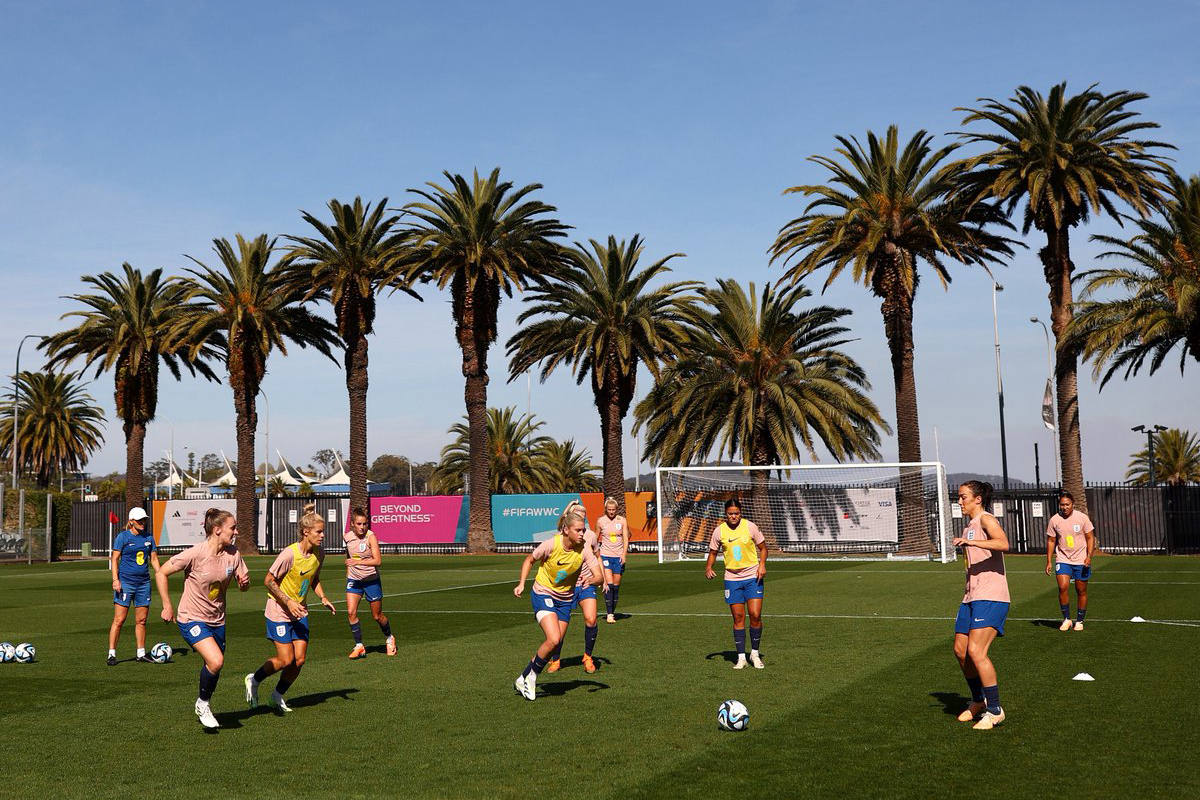U.S. Soccer dropped a bombshell of sorts on Wednesday, filing suit against the U.S. Women’s National Team Players Association, a labor union for the players of the national team. Coming like a bolt out of the blue, at least publicly, the suit, and subsequent response on Monday from the WNTPA has resulted in a very complex situation to most fans. Here, we’ll try to break down the main parts of the situation.
Why did U.S. Soccer file suit against the WNTPA?
The key point about the U.S. Soccer suit is that it’s procedural, more to do with the law than with any substantive issues outside of court. The basis for the entire conflict stems from something called a “Memorandum of Understanding” between the Federation and the Players Association, stretching back to the last Collective Bargaining Agreement which expired in 2012.
The “MOU,” as it’s being called, stretches back to 2013, when it was signed shortly before the NWSL launched. Since U.S. Soccer pays the NWSL salaries of the star national team players themselves, it appears both sides decided to go without a formal CBA for a period of time in order to get the newest pro league off the ground.
How long was the term of the Memorandum? That’s the precise issue here. U.S. Soccer argues that the MOU will last until the end of this year, while the Players Association says there is no set expiration date in writing anywhere, so they can move away from the MOU’s regulations — specifically, those to prevent a work stoppage, like a players’ strike or a Federation-directed lockout — whenever they like.
Why is that last point important?
The fear is that the Players Association could opt to go on strike at an inopportune time to gain leverage in negotiations over a new CBA. Olympic qualifying begins this week, and there’s no public indication the players would take action then, but they potentially have the leverage to strike ahead of the Olympics (assuming they qualify), and that could be a big problem for the Federation.
However, the filed response from the WNTPA on Monday claimed two key points in regards to U.S. Soccer’s suit: the Federation has been disingenuous in multiple ways and the Players Association have not formally threatened to strike — they just want to claim that legal right should they need to use it in the future.
On that first point, the Players Association claims the Federation waited for months to file suit, right before Olympic qualifying, to ratchet up the emergency nature of the situation, and perhaps more concerning, claim the Federation were selective in presenting evidence in the case, omitting testimony at one point in the middle of a response in a deposition (the omitted part appearing to weaken the Federation’s case).
So what does this mean? Which side is in the right here?
Put simply, given the nature of the suit and response, this isn’t a situation where we’re talking about management vs. employees and their attendant concerns. The sides aren’t discussing the terms of a new CBA at this point — they’re fighting over whether there’s a “placeholder” (for lack of a better term) agreement still in place, and if there is, how long it will last.
That means despite the bombshell nature of “U.S. Soccer sues its own World Cup-winning players” as a narrative, it’s not entirely true as most folks would understand it. Above all, it’s legal maneuvering at this stage, and it’s unclear which side the court will side with. The apparent lack of precision on both sides in the past means the case could really go either way.
Will that put national team games in doubt? That’s probably the part most fans are most interested in hearing about, and again, this is a legal concern and it is impossible to tell if a work stoppage is on the horizon. Even if the court rules in the Players Association’s favor, it doesn’t necessarily mean a strike or lockout is right around the corner.
All in all, this puzzling, complex case doesn’t appear likely to mean any changes in the short-term, but in the effort to establish a new CBA, it could prove quite consequential down the line.





